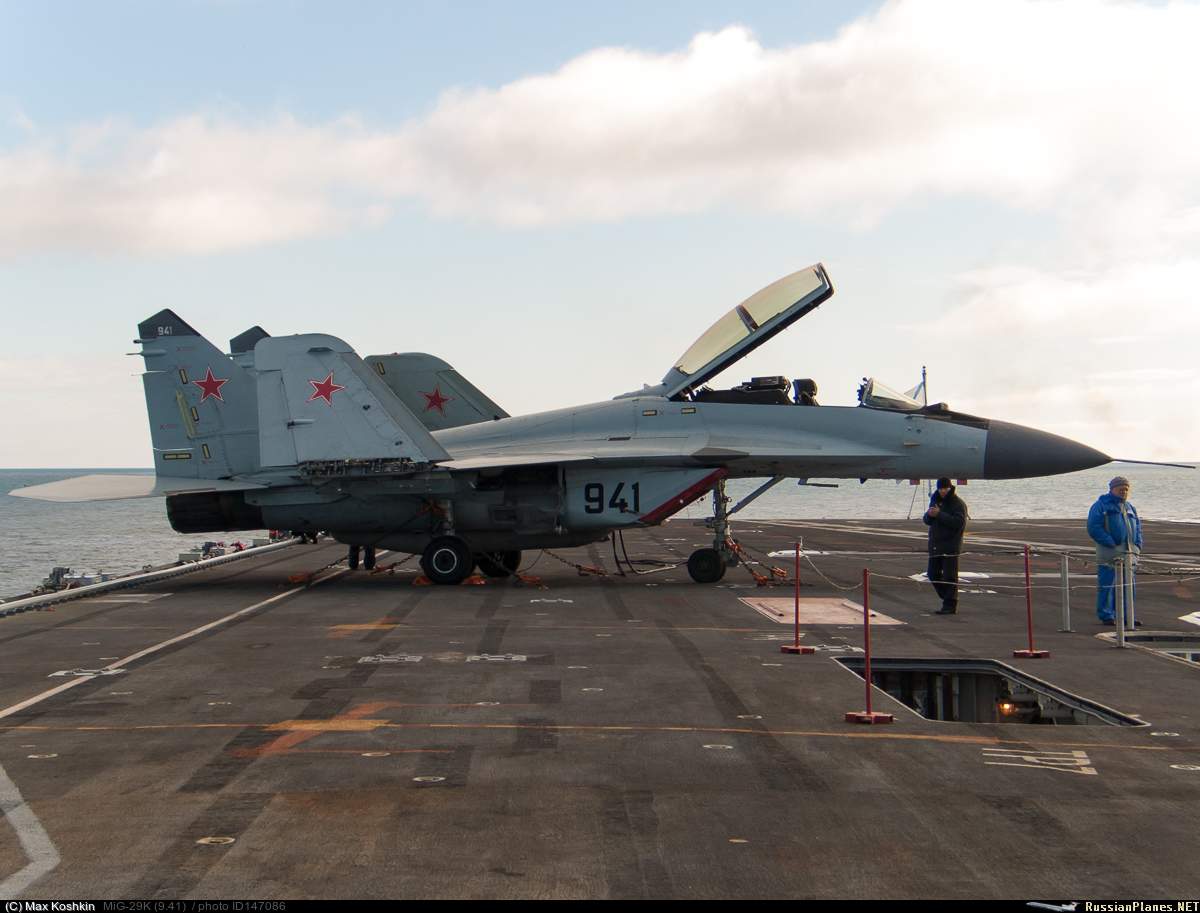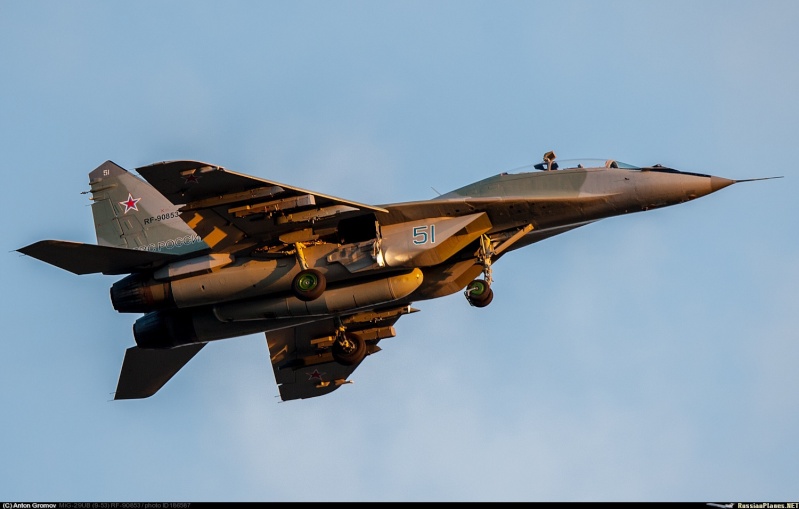Genjurooo wrote:What are the origins of Mig-29 and Su-27?
I mean all the Mig planes have similarities. From the body design you can safely conclude that planes like J-8 and FC-1/JF-17 are in fact evolutions of Mig-21 family. Also Mig-23/27 and Mig-25/31 retain body design characteristics that point at their evolution from Mig-21 (and certain prototypes evolved from Mig-21). I can see this at Yak too with Yak-23, Yak-36, Yak-38, Yak-41 that point to a natural evolution.
But what of Mig-29 and Su-27? The single very weak similarity I can spot is with Su-25. Very weak.
What is their design origin?
MiG-25. In fact, MiG-25's concept is the foundation for Su-27...37, MiG-29/33/35, F-15, F-18, F-22, F-35.
The concept of MiG-25 which Su-27 and MiG-25 inherited that are:
1) Replacing the cylindrical hull with wide rectangular hull. What GarryB said is "tube body to boxy body". The reason is to increase the lift, increase the payload.
From now on, most of the lift burden will be carried out by the hull, the wings carry less portion of the lift. That is a good thing because the hull is much thicker and more durable than the wings.
2) Combine the traditional delta wing (MiG-21) with classical swept wing (MiG-19) into a somewhat trapezoid wing. Like a delta with a trimmed head.
3) Application of fly-by-wire and computer piloting. From now on, instead of applying direct force to the aircraft through transmission, the pilot send electrical message to the computer, and the computer will control the motors according to the pilot's message.
Just like you control a electrical toy truck with a joystick.
The computer will also control the stability of the aircraft and is programmed to intervene when needed. That is critical for MiG-25 and its successor, since most of the lift concentrated at the hull and instead of the wing, MiG-25's stability will be very low at low speed. A very sensitive and intelligent computer is needed, and that's why it MiG-25 was only deployed in 1969 although a prototype had already flown in 1964. Computer took time to mature.
4) Use 2 vertical stabs instead of 1. The hull now is broad and rectangular, you have to put the vertical stabs at the edge of the hull, so that they can still access the wind at high AoA. The horizontal stabs are also positioned at a lower position than the wing, in order to create a gap for the wind to go through and access the vertical stabs.
All these enable the aircraft to achieve very high AoA and do corba or kulbit.
5) Air inlet is controlled by the computer. The computer will open and close the inlet "door" to adjust the airflow, so that the engines will always work at optimal condition.
Compared with MiG-21, SR-71 and Mirage have conical inlet, they can passively adjust the airflow by speed, but cannot by payload or positions. And MiG-19, F-16, F-18, Rafale cannot adjust anything, they have ancient ram inlet.
6) BVR fight with radars and guided missiles. Russian air radars are very big and powerful. MiG-25 has the biggest nose radar of 140cm. diameter. Su-30 has the biggest nose radar amongst the multirole: 96cm.
======
And why people need MiG-25, why people need all these above for new generation of fighter ?
Because the new fighter is multirole. They are air-superior fighter, but also are bomber, and are interceptor. They have to be fast, to be extremely maneuverable, but also can fly long, fly far, fly well both in high or low speed. They have to have large payload to carry a lot of weapons and big radar.
Now instead of having a fleet of MiG-19, a fleet of MiG-21, a fleet of MiG-17, you can have a fleet of MiG-29 to do all the things.
MiG-25/31 are interceptors, but they can carry a lot of weapons, they can fly far and long, and they can be used as bombers - although they are not designed to be bombers.









